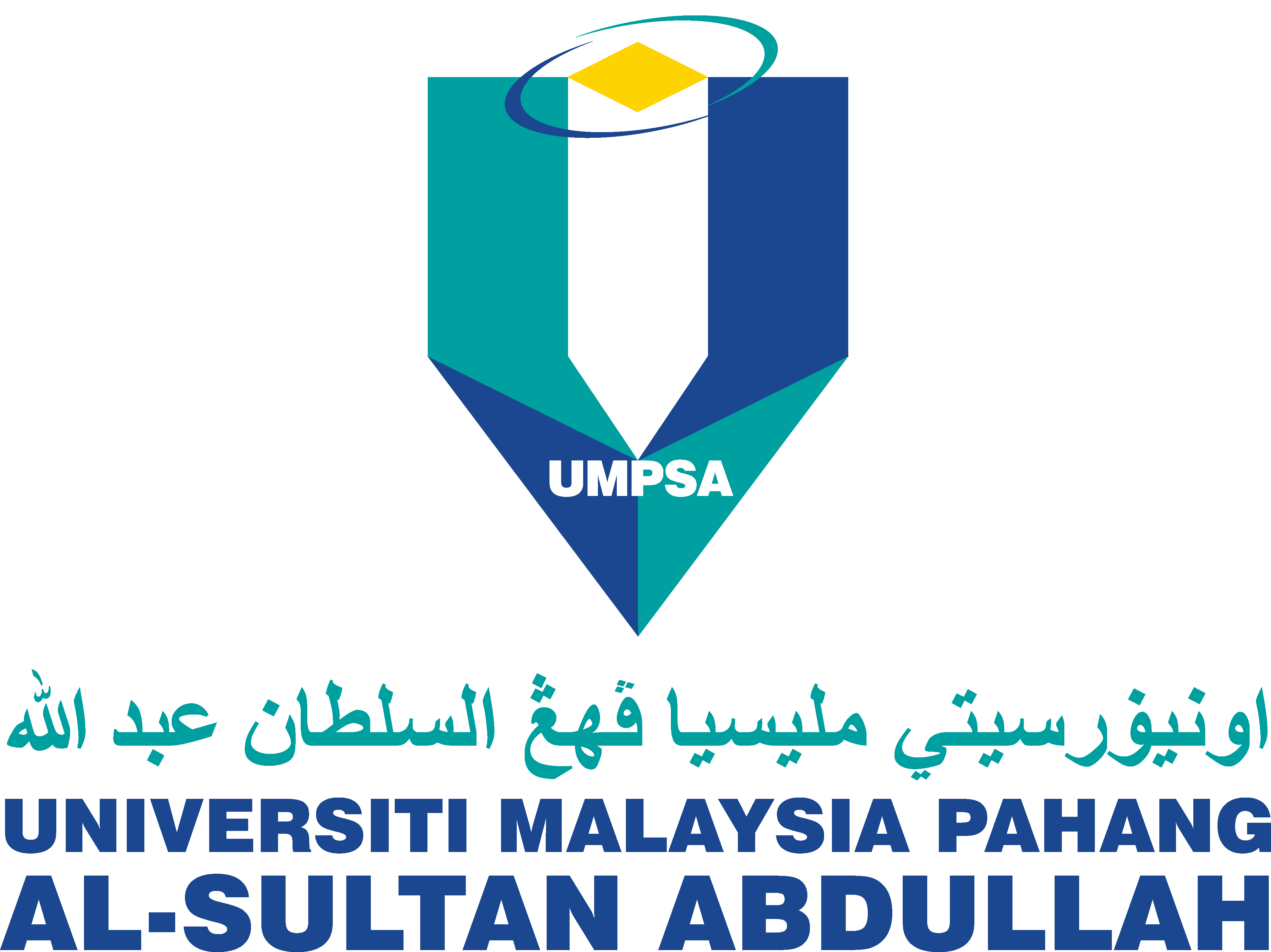FACTORS INFLUENCING PROJECT PLANNING FOR PHYSICAL PROJECTS IN SABAH
DOI:
https://doi.org/10.15282/ijim.15.1.2022.9000Keywords:
Project Planning, Human/Personnel Factor, Project Management Factor, Technical Factor, Organisational FactorAbstract
In the context of the public sector, projects are implemented to fulfil the government's social responsibility to ensure more balanced growth with equity in a developing country. Even though the country has entered the 12th Malaysia Plan (12MP), there are still inefficiencies in the financial and physical performance of public projects due to the weaknesses at the project planning stage. This study examines the influence of human/personnel, project management, technical, and organisational factors on project planning for physical projects in Sabah. This study utilised a quantitative method using a questionnaire and the respondents involved 273 officers from the Management and Professional group (Grades 41- 54) at the Federal Government and Sabah State Government levels. Data were analysed using descriptive analysis. The study found that the factors influencing project planning are at a very agreeable level of 4.08 mean (81.50%) which explains that these four factors greatly influence the planning of a project. The organisational factor is the most dominant factor, with the highest mean of 4.35 (86.8%). Therefore, it can be concluded that the top management of the Ministry/Agency needs to enhance support and commitment to the project team where this support can give a positive signal to the parties involved with the project.
Downloads
Published
Versions
- 2023-02-07 (2)
- 2022-11-30 (1)
Issue
Section
License
Copyright (c) 2023 University Malaysia Pahang Publishing

This work is licensed under a Creative Commons Attribution 4.0 International License.



